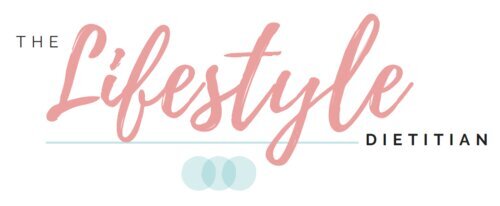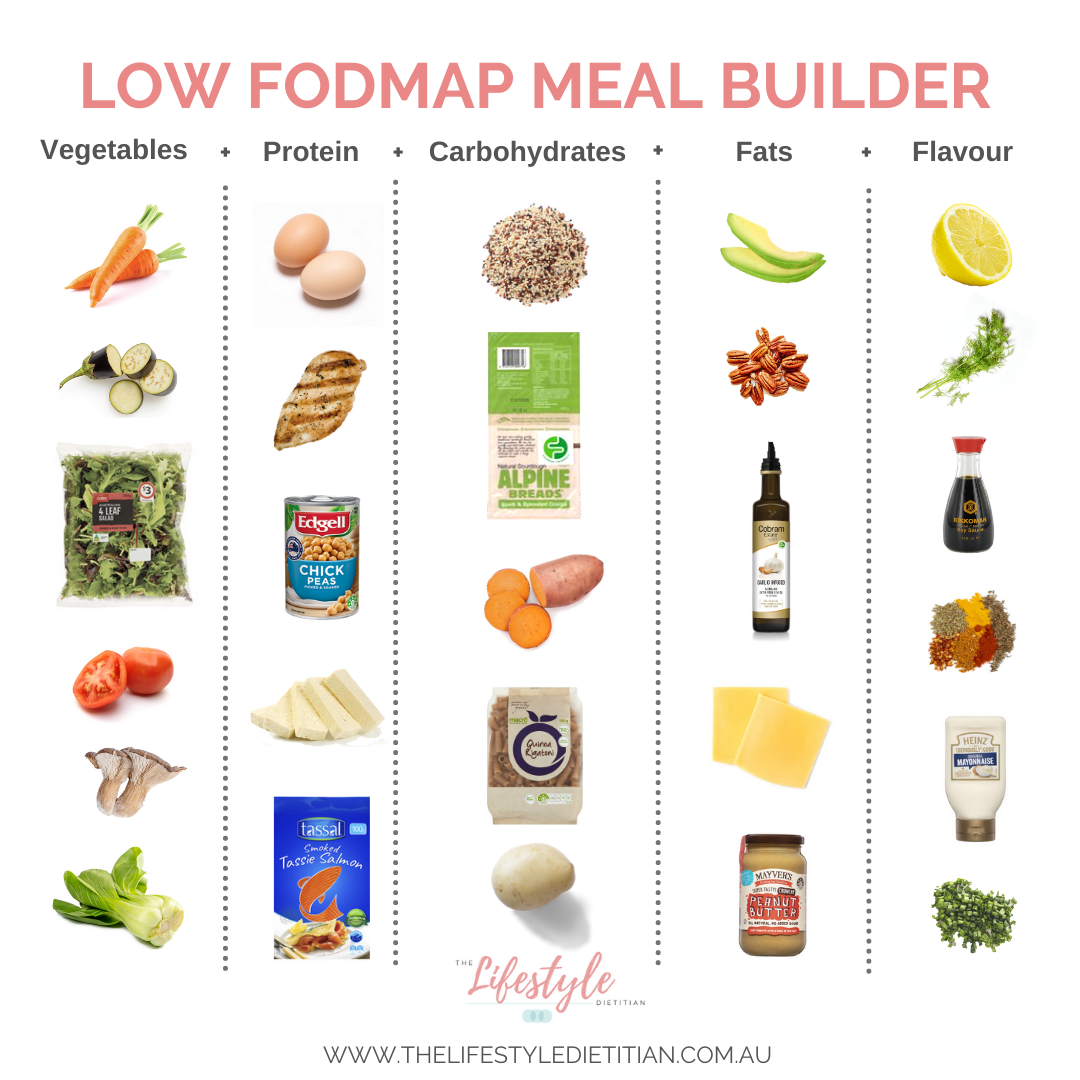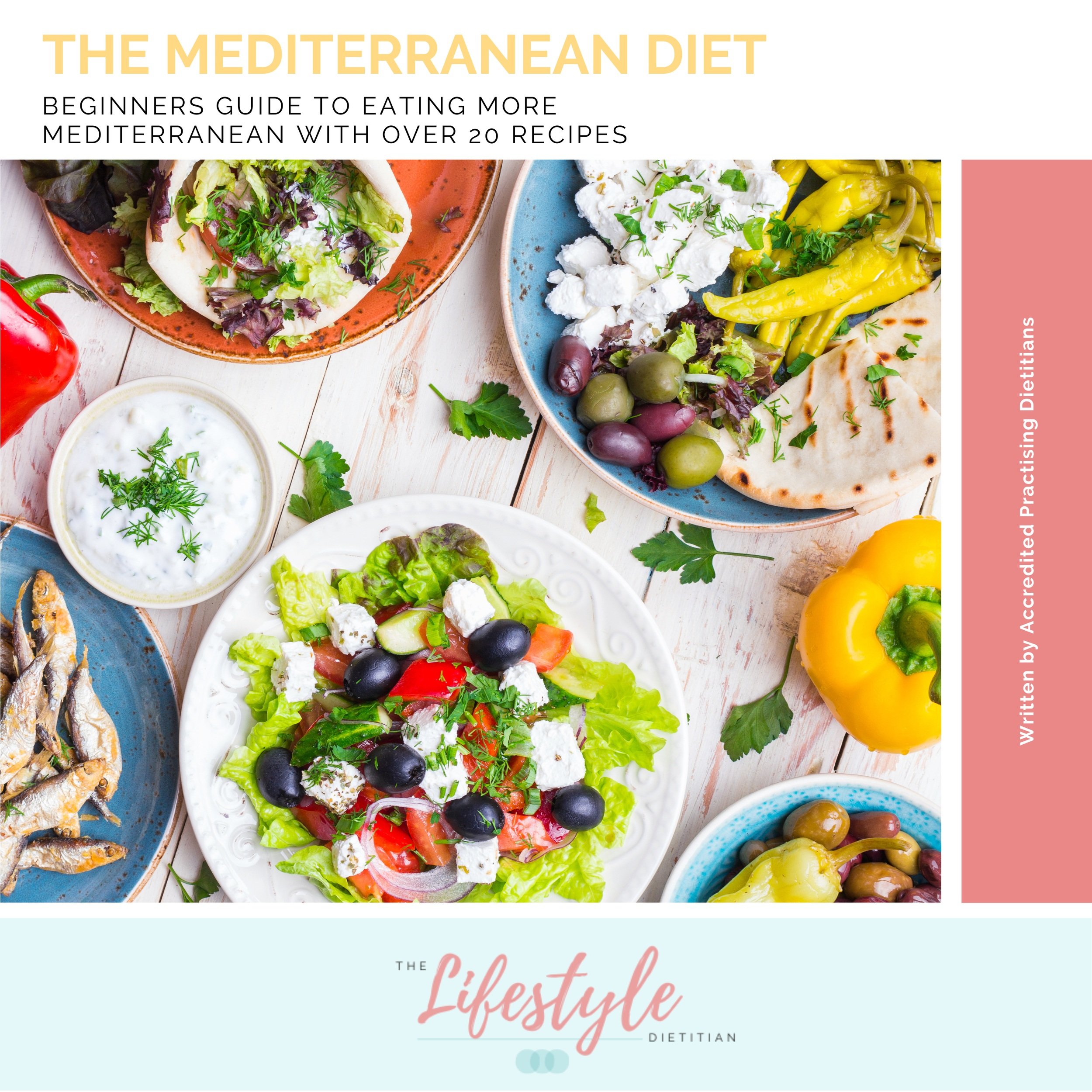HOW TO BUILD A BALANCED MEAL ON THE LOW FODMAP DIET
Have you started the low FODMAP diet but struggling to make healthy balanced meals or bored of bland tasting food? If you answered yes to either of these, keep reading for our Dietitian-approved guide to making a meal that hits the spot for nutrition and flavour on a low FODMAP diet.
What is a balanced meal and why is it important on the low FODMAP diet?
A balanced meal is one that gives you a combination of the three main macronutrients our body needs to survive:
Carbohydrates
Protein
Fats
When these are eaten together, we stay fuller for longer and are better able to absorb the different nutrients food provides. Food sources of the macronutrients also provide an array of essential micronutrients needed for overall health and to function our best.
A balanced meal should also be tasty and enjoyable, otherwise, we won't eat it and all the nutrients it provides for our bodies! A flavourless meal can also leave us feeling unsatisfied which makes us more vulnerable to unnecessary snacking.
So, here is our 5-step guide to a balanced and flavoursome low FODMAP meal:
1. Fill half your plate with low FODMAP vegetables like:
Steamed broccoli, carrots and green beans
Roasted capsicum, zucchini (<½ cup), kent pumpkin and eggplant (<1 cup)
Chopped cucumber and tomato
Leafy spinach, rocket and kale salad mixes
Stir-fried bok choy, canned baby corn and oyster mushrooms
Download the Monash App to get an idea of all the low FODMAP vegetable options available or check out our quick swap list for common high FODMAP foods here.
2. Fill a quarter of your plate with protein such as:
Chicken, beef, lamb, pork
Eggs
Fish, including smoked salmon and plain canned tuna
Firm tofu
Well-rinsed canned chickpeas (<¼ cup) and lentils (<½ cup)
In general, animal-based proteins do not contain FODMAPs. Just be sure to keep an eye on pre-marinated and processed options. These may have added FODMAPs like garlic and onion.
3. Fill the last quarter of your plate with carbohydrates. Opt for low GI high fibre versions to feeling fuller for longer:
Whole grain certified low FODMAP bread - we love Helga’s Gluten Free 5 Seed and Alpine Bread Spelt & Sprouted Grains
Brown rice and quinoa
Soba noodles
Gluten-free pasta
Potatoes or sweet potatoes (<½ cup), skin on!
4. Top with healthy fats like:
Low-lactose yoghurt or hard cheeses (<40g)
⅛ avocado
Walnuts, peanuts or sesame seeds
Extra-virgin olive oil
5. Finally, inject flavour! Easier said than done if going low FODMAP but our top ideas include:
Garlic-infused olive oil
Chives and spring onion green tips
All herbs and spices - here is a great guide by Monash University for winning combinations
Acids like lemon or lime juice and vinegar
Soy sauce, oyster sauce, ginger and sesame oil
Mustard and mayo
Need inspiration? Download our quick meal building guide below:
Our team of Dietitians can work with you and develop a personalised plan to manage your symptoms of IBS. Speak with one of our Dietitians today.
hungry for more? try this…
THE MEDITERRANEAN DIET EBOOK: BEGINNER'S GUIDE TO EATING MORE MEDITERRANEAN
Our latest Mediterranean Diet ebook is your one-stop beginner’s guide to eating more Mediterranean. It will leave you confident in taking the principles of the Med Diet and whisking, stirring, simmering them into meals that truly taste delicious.
We gently folded in over 20 Dietitian-curated drool-worthy recipes, covering breakfast, lunch, dinner, dressings and snacks. Then, added a practical snack product guide before garnishing with everyday eating tips and a weekly challenge list to tick off.
Like a cookbook but with a twist. Because each recipe, tip and suggestion is Dietitian-approved and tested.


